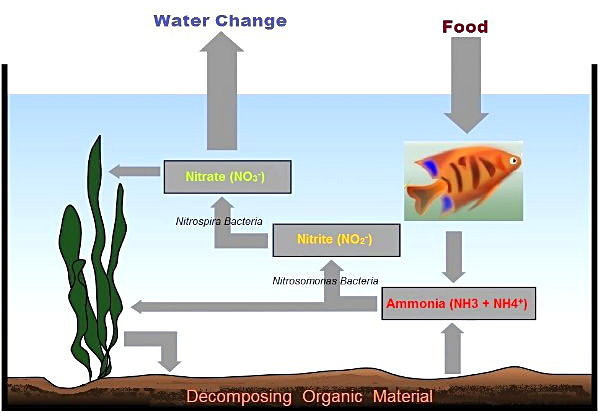How heavily planted?
If there are lots of plants you don't need to do a fishless cycle; and the high level of ammonia in the water used in fishless cycling is not good for plants. Cycling with plants is called silent cycling.
Plants take up ammonia as fertiliser. In a heavily planted tank, they will remove all the ammonia made by a sensibly stocked tank of fish faster than filter bacteria. And they don't turn it into nitrite like bacteria do.
You can leave the water in the tank, you'll probably find the ammonia drops quicker than a fishless cycle as the plants take it up. Don't add any more ammonia, but monitor the plants. Once you are sure they are actively growing and not about to die, and ammonia has dropped to zero, buy the first batch of fish. Then measure ammonia and nitrite every day to make sure the plants are taking up all the ammonia - if either show above zero, do a water change. Wait a week or two of zero readings then get the next batch of fish and keep an eye on the ammonia and nitrite levels.
If there are enough plants you should never see any ammonia or nitrite, but slow is the way to go to be on the safe side.
If there are lots of plants you don't need to do a fishless cycle; and the high level of ammonia in the water used in fishless cycling is not good for plants. Cycling with plants is called silent cycling.
Plants take up ammonia as fertiliser. In a heavily planted tank, they will remove all the ammonia made by a sensibly stocked tank of fish faster than filter bacteria. And they don't turn it into nitrite like bacteria do.
You can leave the water in the tank, you'll probably find the ammonia drops quicker than a fishless cycle as the plants take it up. Don't add any more ammonia, but monitor the plants. Once you are sure they are actively growing and not about to die, and ammonia has dropped to zero, buy the first batch of fish. Then measure ammonia and nitrite every day to make sure the plants are taking up all the ammonia - if either show above zero, do a water change. Wait a week or two of zero readings then get the next batch of fish and keep an eye on the ammonia and nitrite levels.
If there are enough plants you should never see any ammonia or nitrite, but slow is the way to go to be on the safe side.





